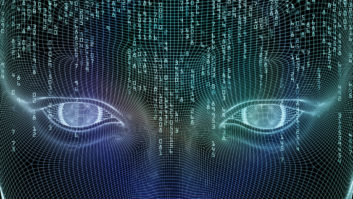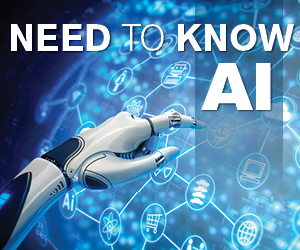
As emerging technologies go, Artificial Intelligence has certainly taken its time in making its presence felt on the world.
Surprising as it may be (to some), the term AI has existed for almost 70 years, having first been uttered back in 1956 (the same year IBM invented the first hard drive) by computer scientist John McCarthy – AKA the ‘father of AI’.
Since then, AI has experienced a largely stop-start existence due to, in part, sporadic funding and below-par technology. In truth, the term AI has (arguably) gained more notoriety for storylines of killer robots (and the occasional Wall-e) hell-bent on destroying mankind than for its practical use and business benefits. But that’s all changing.
The fourth industrial revolution
Thanks to breakthroughs in computing power, the advent and availability of big data, cloud hosting/storage, highly sophisticated software, complex algorithms and a big dollop of imagination, the potential of AI is now starting to be fulfilled – with the business world being the biggest benefactors.
As the late great Professor Stephen Hawkins said on AI: “The genie is out of the bottle. AI, could be the biggest event in the history of our civilisation.” (he also added “I fear that AI may replace humans altogether,” but we’ll ignore that for now.
The market has reacted at pace. In recent years, billions of pounds have been invested by many of – if not all – of the world’s leading organisations into AI technologies (and companies), each of them looking to utilise some form of AI technology to future proof and improve their businesses, and/or create a competitive advantage.
Intel, Microsoft, Facebook, Samsung, IBM, Google (Deepmind), Amazon, Uber, LG, Apple, Yahoo are just some of the 2,000-plus AI specialists specialising in the field using, building and providing intelligent machine powered services for businesses like yours.
Various estimates suggest more than $46 billion will be spent on AI services by 2020 by businesses, a figure rising to above $51 billion 12-months later.
But what is AI?

Before we go on (for the non-computer scientists out there), it’s perhaps worth just clarifying a few things around what AI is and, importantly, what it is not. Yes, AI can mean robotics, but the best examples of AI are purely software based rather than having a physical form.
There are hundreds, maybe thousands of often extremely technical and confusing definitions banded around online and in various publications detailing what AI is. Indeed, entire books have been written detailing the subject. A quick search for ‘AI definition’ on Google found 634 million results. Just ‘AI’ found more than 2.2 billion.
For a more technical and detailed description we recommend you visit your local library, or download a copy of one from the many AI authors out there – Nick Bostrom’s ‘Superintelligence: Paths, Dangers, Strategies’ is a personal favourite of mine.
In its most simple form, AI is the study of methods for making computers behave intelligently and being able to replicate various characteristics of humans.
These can include identifying objects, sounds, understanding languages spoken, reading and understanding content such as text and numbers.
Machine learning (ML) is another extremely important branch of AI that you’ll often hear and read about. ML uses a more cognitive approach, using algorithms that enable it (whatever form factor ‘it’ may be) to combine what it’s been programmed to do, but also the capability of learning for itself through experience.
Where we are
Depending on what you have seen, heard or read (fictional or not), you may have different ideas as to what AI is and is capable of at this stage. To offer some clarity there are three simple levels to be aware of.
- Weak AI
AI capable of demonstrating human intelligence to carry out specific tasks.
- Strong AI
AI capable of showing self awareness, the ability to think and make decisions for itself to the same level as a human being.
- AI Super Intelligence
AI showing superior levels of intelligence to human beings and fully in control of its existence.
For now (and for the foreseeable future) only Weak AI is currently relevant, so it’s time to remove any images of a leathered up, sunglasses wearing Arnold Schwarzenegger.

It’s already here
Examples of weak AI have widely been adopted by many different business and are in use today – you just might not realise it.
In fact, it’s a fairly safe bet that you’ve already unknowingly encountered some form of AI and machine learning technology before you started reading this article. Maybe even before you got out of bed.
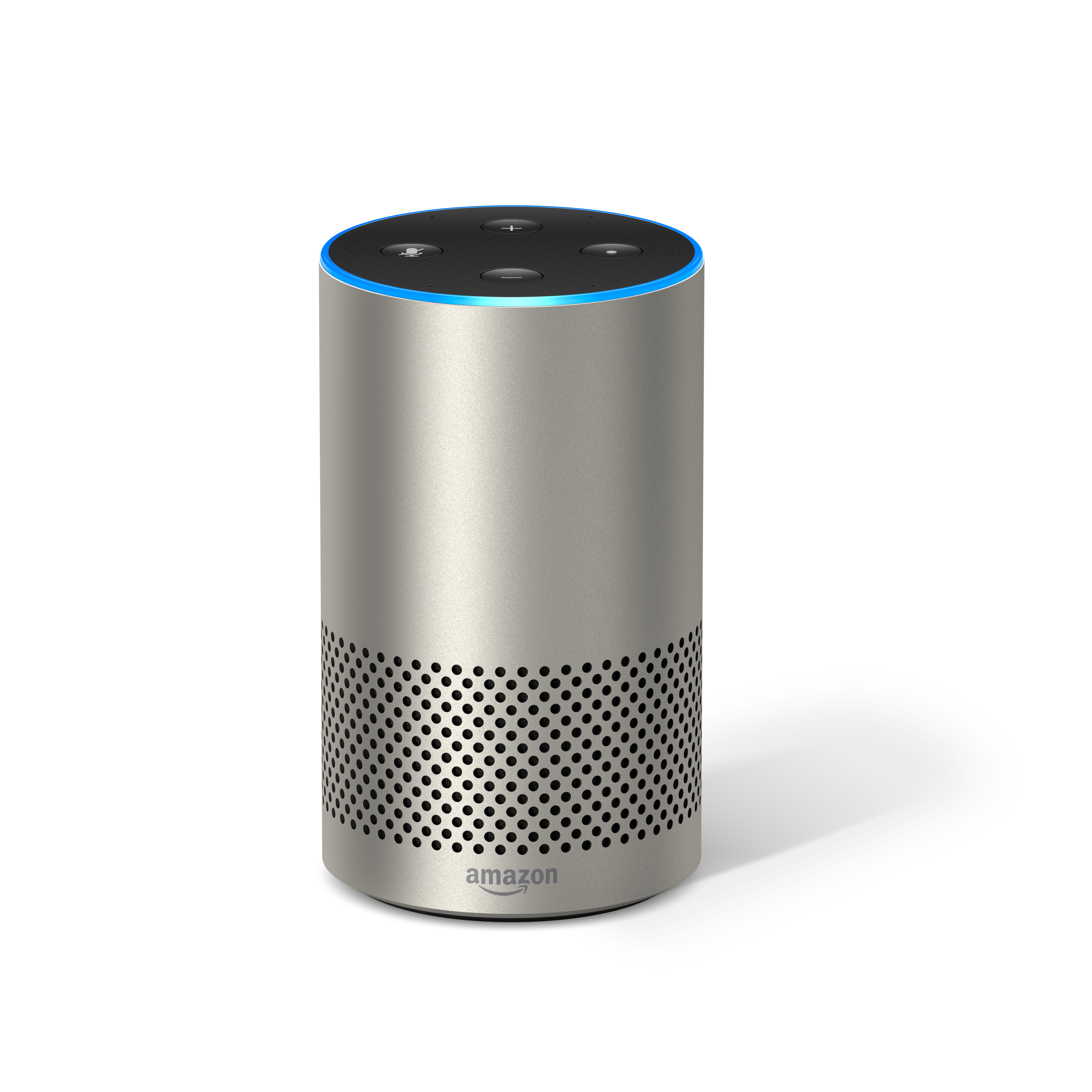
Have you ever used Apple’s personal assistant, Siri? Or Google’s, Alexa? Perhaps you’ve noticed how your emails can often now detect questions being asked of you and automatically provide you with a ready made short reply? How about your smart phone that seems to be able to predict sentences you’re about to type as you’re typing?
For those that like a bit of online shopping (such as Amazon) or video streaming (Netflix), have you ever wondered how those personalised recommendations are determined? What about Facebook and its ability to not only recognise there are people in the photo you’ve posted, but can sometimes even identify them too?
They’re all using some form of AI, with the intention of bettering their customer’s experience, enhancing their financial opportunities and – unseen externally – improve their efficiency in workplace.
AI Terminologies you Need to Know: Click here, then come back
https://www.youtube.com/watch?v=wdns2fVUEeE
AI for all
“We are at the cusp of a new revolution, one that will ultimately transform every organisation, every industry and every public service across the world,” commented Ralph Haupter, president, Microsoft Asia. “I believe 2018 is the year that this will start to become mainstream, to begin to impact many aspects of our lives in a truly ubiquitous and meaningful way.”
You may be forgiven for thinking the implementation of AI is something exclusively for the Fortune 500’s of this world…but you’d be wrong.
Today, such are the advancements and every growing number of companies existing purely to support businesses like yours grow using AI technology, access to intelligent solutions are now widely available.
In essence, AI is (can be) something that can be packaged up and purchased on a monthly basis, like your broadband or phone. This model reduces significant costs associated with more bespoke in-house solutions.
It also means the complexity is significantly removed (the ‘it doesn’t matter how it works as long as it works’ approach), meaning you won’t necessarily need to go and employ a qualified and expensive computer scientist.
“You don’t need to be a mathematics genius or have a PhD in software engineering to make sense of AI for your business,” said Gartner analyst Whit Andrews. “You don’t have to make massive investments in infrastructure and personnel in order to start applying AI’s potentially transformative technologies.
He adds: “These technologies will transform the nature of work and the workplace itself. Machines will be able to carry out more of the tasks done by humans, complement the work that humans do, and even perform some tasks that go beyond what humans can do. As a result, some occupations will decline, others will grow, and many more will change” McKinsey.

Competitive advantage
So, why should you and your business consider implementing AI? Could it be just a fad? Will it really benefit you?
The answers are wide and extremely varied and will be largely unique to your own business. There may be some obvious areas of your business you’d like to improve upon, be it financially or operationally motivated.
The magnitude and inevitability of AI cannot be ignored, nor underestimated. Many AI experts and professionals have described the potential impact of AI on businesses as being equivalent to the invention an adoption of the personal computer and email.
Some suggest that AI can help boost revenues by around 20 per cent, whilst others warn that any business currently not at least thinking about adopting some form of AI could already be two years behind a rival. Further delays could even result in their demise further down the road due to losing a competitive advantage.
Do or die?
“More than one-third of businesses will not survive the next 10 years,” said John Chambers, the now former CEO of Cisco during a discussion on AI. “Companies should not miss the market transition or business model nor underestimate your competitor of the future — not your competitor of the past.”
Getting started
The first thing to remember is what the purpose of AI actually is and identifying how it can benefit your business. From speaking to various professionals in the field, the two core reasons can be narrowed down to the following:
- Solving existing problems
- Discovering and identifying new opportunities
The uses of AI are therefore extremely vast and varied.
At its core, AI is fuelled by data, which can come in many different forms for many different uses. Emails, newsletters, subscriptions, views to your website, downloads, sales are just some examples of where data can be collected.
On its own, that data may not seem useful. However, contained within it could be the difference between success and failure (profit and loss). This is where AI comes into play, and is able to – in many instances – do the job of a human.
A famous quote (within AI circles) comes from Clive Huby, a British data commercialisation entrepreneur, who summed it up well in 2006.

“Data is just like crude [oil]. It’s valuable, but if unrefined it cannot really be used. It has to be changed into gas, plastic, chemicals, etc. to create a valuable entity that drives profitable activity; so data must be broken down and analysed for it to have value.”
However, businesses are still missing a trick, with the bulk of that potentially valuable data held in companies still not being utilised.
“If we look at the amount of data which is actually being analysed today, only 20 per cent of the data we have is searchable and being used productively,” commented IBM chairman, president and CEO Ginni Rometty during a discussion on the subject. “The other 80 per cent is held inside companies, generally not being used.”
Impact on jobs
One of the more universal drivers for AI is around automation – a word often which spreads fear when discussing the risks to people’s professions. Areas administrative work (such as data processing, data collection) is something widely seen as an area where AI will support and/or replace humans.
According to Oxford University, the following professions each have a 99pc probability of being replaced by computers in the future.
- Data Entry Keyeres
- Library Technicians
- New Accounts Clerks
- Photographic Process Workers and Processing Machine Operators
- Tax Preparers
- Cargo and Freight Agents
- Watch Repairers
- Insurance Underwriters
- Mathematical Technicians
- Sewers, Hand
- Title Examiners, Abstractors, and Searchers
- Telemarketers
Meanwhile, the following professions are said to be widely safe.
- Recreational Therapists
- First-Line Supervisors of Mechanics, Installers, and Repairers
- Emergency Management Directors
- Mental Health and Substance Abuse Social Workers
- Audiologists
- Occupational Therapists
- Orthotists and Prosthetists
- Healthcare Social Workers
https://www.youtube.com/watch?v=KvKo9udblEI
’15 million jobs at risk’
Some figures suggest almost half of all activities at work could eventually be automated, whilst PwC estimates AI powered machines could take up to 30 per cent of UK jobs by 2030. The Bank of England has estimated that 15 million jobs may be at risk.
Bart Selman, an American professor of computer science at Cornell University, was quoted in one publication as saying: “A lot of large companies have ‘middle management’ jobs where people manage other people at a very low-level in terms of keeping track of things like vacations and sick days. Those jobs I believe are at risk. Jobs that involve a large routine component. If you’ve made the proper investment, you can develop an AI system that can take over a good fraction of those jobs. A lot of big companies have a lot of those positions and will be looking at it.”
Examples of automation and impact (losses to) jobs can be seen all over the world today. Some of the headline grabbing stories have included that of a Japanese law firm called Fukoku Mutual Life. The company invested more than $1.7m building an AI platform using IBM’s ‘Watson’, which has seen more than 34 staff replaced. The annual savings for the firm are predicted to be around $1m a year.
“The next wave of economic dislocation won’t come from overseas,” said former President Obama stated in 2017 during his farewell address. “It will come from the relentless pace of automation that makes many good middle-class jobs obsolete.”
Spotting an opportunity
Another major area for AI adoption is within sales. There are now examples of where AI, using natural language processing software and specific algorithms, is able to spot patterns (in data), to identify new opportunities and provide a level of analysis on in just a few seconds.
This can vary greatly. Examples include gaining greater knowledge on customer’s viewing and buying behaviour – i.e, what they’re looking at and when they most likely buy (such as pay day).
Another might be identifying the best time to send bespoke marketing/promotional material or a newsletters to specific customers rather than en-mass as part of a one-size-fits-all strategy. Another could be automatically identifying cold customers (those that haven’t transacted with you for a while) or have looked at something for a long period but not bought, sending them updates, reminders or special offers to help get things over the line.
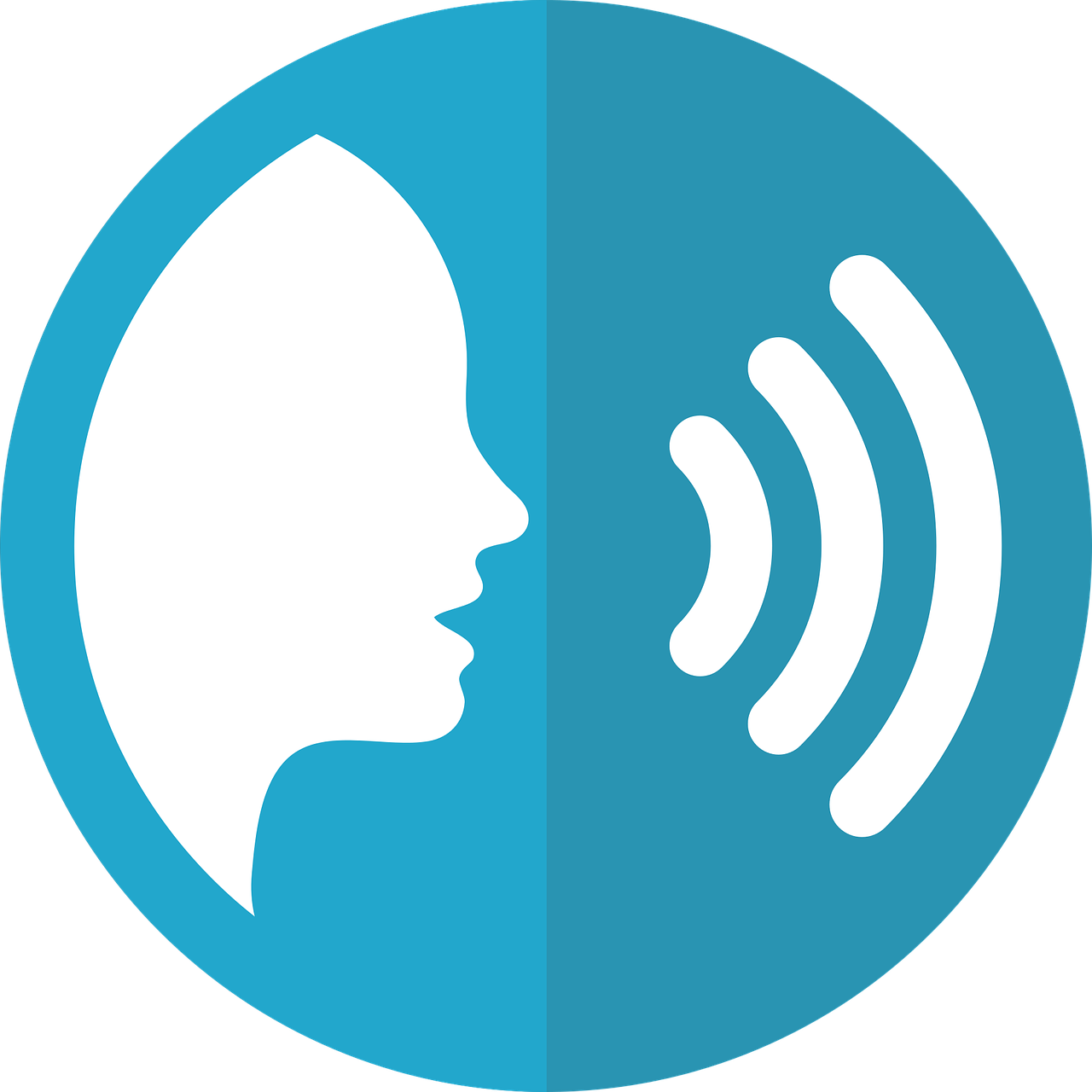
AI in action
Let’s take a closer look at some of the various examples of AI technology in action today that can be widely implemented into many different businesses and organisations.
Personal/Virtual Assistants
The use of personal or virtual assistants have gained mass-market appeal in both business and consumer markets in recent years, with services becoming increasingly accessible and affordable.
Using speech recognition and natural language processing technology, the technology is able to understand and respond to both written and spoken voice commands in a human manner
Popular examples include Apple’s Siri, Microsoft’s Cortana, Amazon’s Alexa and Google Home – but there are hundreds more.
Their functionality and uses continue to evolve and can integrate with many existing applications (calendars, to do lists, reminders, maps and even managing your meetings). More recently, these technologies are being integrated to control electrical appliances – AV, lights, shades, thermostat and so on.
Amazon recently launched ‘Alexa For Hospitality’ for its Dot and Echo microphone and speaker products. The platform is designed to transform rooms (such as hotel rooms) into ‘smart rooms’, carrying out all the functions mentioned above, whilst also providing spoken information specific to the hotel (room service, booking a restaurant, laundry, local info, tickets to attractions and so on).
https://www.youtube.com/watch?v=jC0I08qt5VU
Customer Service
One of the fastest areas of adoption for AI is in customer service. Using natural language processing and machine learning software, so-called ‘Chat Bots’ or ‘Virtual Agents’ are increasingly being integrated into websites to be able to have online conversations with customers in multiple languages to solve their queries in a human-like manner and, depending on the business, maximise sales opportunities.
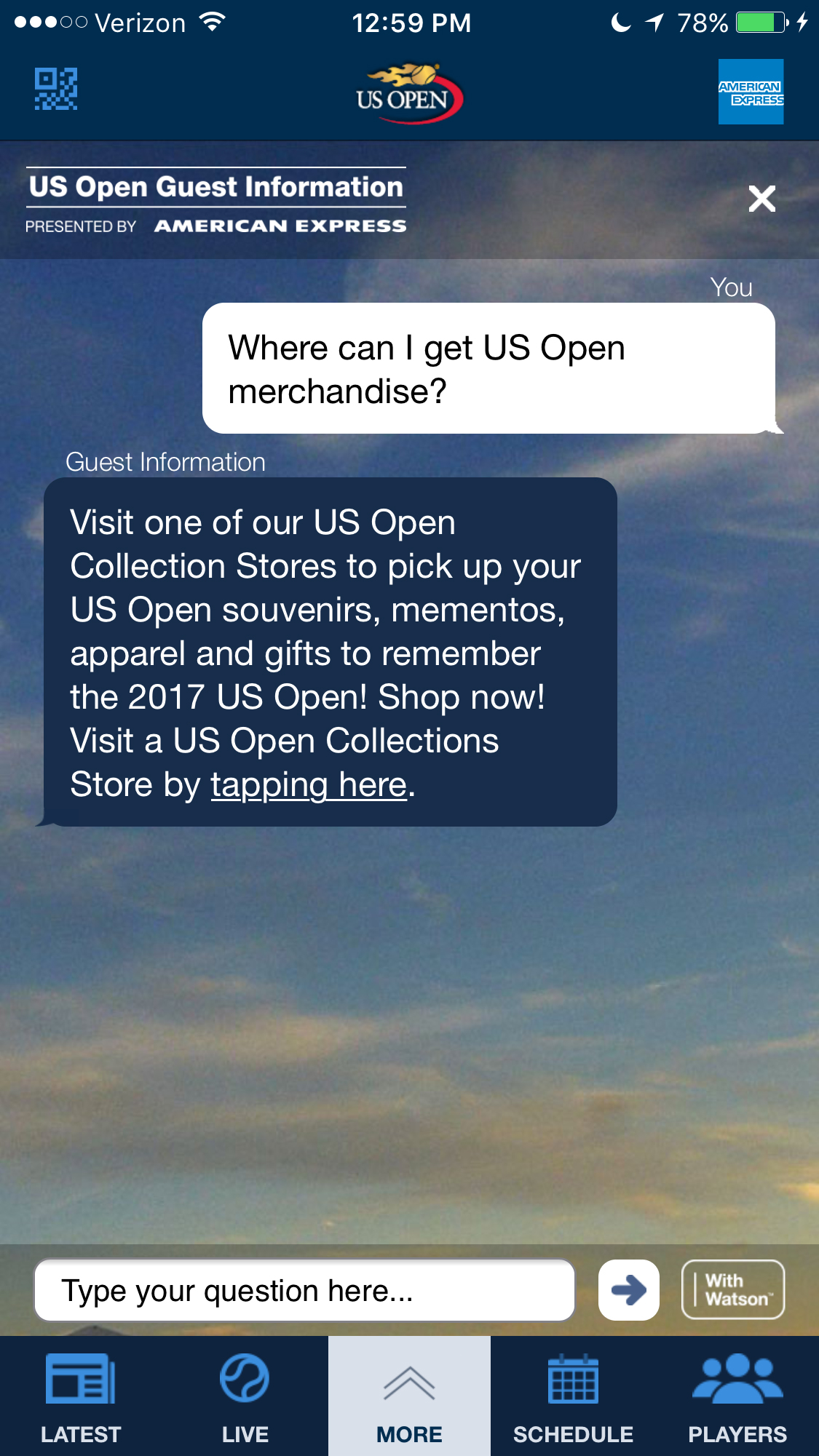
According to an Oracle survey (800 decision makers), around 80 per cent of businesses want to implement chatbots by 2020.
‘AI has reached a stage in which chatbots can have increasingly engaging and human conversations, allowing businesses to leverage the inexpensive and wide-reaching technology to engage with more consumers,’ it said of the results.
Such services are able to help reduce the number of calls to a call centre, reducing waiting times, enhance the customer experience and even reduce the number of required operators – saving money. Chat Bots, in some instances, have become so realistic, it’s sometimes now difficult to distinguish between human and AI.
Here’s some examples of where chatbots have had a significant positive outcome for businesses:
- 1–800-Flowers: reported that more than 70 per cent of its Messenger orders derived from new customers!
- Sephora: increased their makeover appointments by 11 per cent via their Facebook Messenger Chatbot.
- Nitro Café: increased sales by 20 percent with their Messenger chatbot which was designed for easy ordering, direct payments and instant two-way communication.
- Sun’s Soccer: Chatbots drove nearly 50 per cent of its users back to their site throughout specific soccer coverage; 43 percent of chatbot subscribers clicked through during their best period.
- Asos: increased orders by 300% using Messenger Chatbots and got a 250 per cent return on Spend while reaching 3.5x more people.
Media Monitoring
AI is also being used to help monitor company perception from customers on social media in real time, or to assess, for example, the views and opinions of a company, the service provided or perhaps a new ad campaign or a new product offered. The analysis provided from the feedback received can be used to help a company to acknowledge and rectify and misgivings and gain a greater insight into its audience.
Translation
Whilst language translation technology has existed since the 1950’s, the evolution of AI powered voice to text, text to voice and voice to voice technology has reached speed and accuracy levels that enable language barriers to be all but completely removed. Microsoft and Google are two of the leaders in this space, providing the service as an on tap services for businesses and developers alike
https://www.youtube.com/watch?v=oQVQVt5H2
Personalised News Feeds
Statistically, on average there are more than two millions news stories published online every single day. Facebook, a social media site with more than 2.23 billion users (more than a quarter of the planet’s population), uses AI to understand you as an individual, viewing your preferences, posts, shares and likes to provide a personalised news feed.
Purchase Recommendations
With shoppers spending more online than ever, it’s becoming increasingly vital for companies to ensure every opportunity is maximised and that customers find what they want and even things they didn’t want. To help support, online companies are able to create a digital profile of each customer, monitoring their account for buying history and items viewed. This enables it to make recommendations it believes are relevant to the customer, whilst also sending reminders (via email or via other websites where it has advertising space) that an item is still in stock and/or any offers to help seal the deal.
Forecasting
AI technology is also being used to help retailers manage their current and future stock levels and predict increased demand by taking into account things like the weather and local events. For example, if the weather is expected to be hot, additional stock on water, meats and BBQ’s may be suggested (or automatically ordered), whilst cold weather might suggest more umbrellas and waterproofs.
Security: Fraud
AI is transforming security, particularly in the financial space, with AI rather than humans, able to monitor suspicious spending activities 24/7, placing immediate blocks on transactions (online or physical). Financial institutions are even using past information (data) to help determine decisions, such as a credit check or mortgage or bank loan application, are accepted or declined.
Cyber Security
In 2016, it was estimated that attacks on individual companies in the UK surpassed 230,000. On average, 1,000 company firewalls were breached, despite having what might have been considered the appropriate security measures in place. With cyber attacks becoming ever more sophisticated and changing by the day, AI can be used to monitor a company’s entire network 24/7, identify anything out of the ordinary and either killing it immediately, or halting it for further inspection.
AI is also able to detect unusual activity from members of staff, such as accessing information (a file or document) for the first time – again, either preventing it from being accessed or immediately alerting others.
CCTV/Surveillance
The days of poor, grainy, black and white tape recorded CCTV is starting to be replaced, with HD, connected cloud based models, able to view and analyse what they’re seeing. In the event of something suspicious, alerts can be sent to the appropriate personnel, whilst sophisticated recorded facial recognition technology, could help alert teams (i.e in retail) of when a known shoplifter has entered the store or area.
Robotics
AI in robotics is beginning to see increasing levels of adoption within customer services and teaching environments.
Robots, capable of identifying their surroundings (i.e an obstacle, adult, child) have been used to provide additional support within hotels and hospitality, using speech recognition to answer questions from customers.
Hilton Worldwide has previously trialled robots (Connie) at its concierge, to provide such as directions to a local attraction, restaurant opening times and help in checking in or out.
Japanese firm SoftBank has also been deploying robots (Pepper) within its electronic retail stores.
Robots (such as Pepper) are also being used and programmed to provide teaching support within educational environments, answering questions from students on specific subjects and using a display or projector to provide visuals.
Healthcare
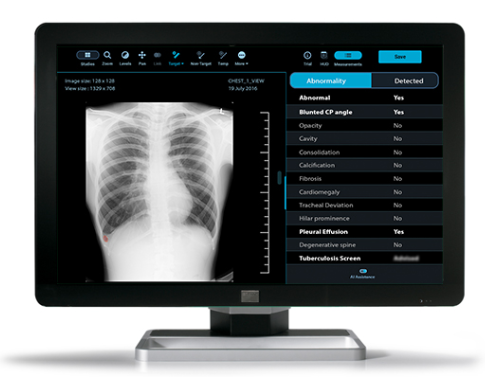
Whilst not hugely relevant to this publication, it’s worth mentioning the transformative impact AI is having on healthcare. At its most basic, mobile phone apps are now available where an AI virtual assistant is able to have a conversation with the user in an attempt to help them in diagnosing a condition, plus provide professional advice on what to do next.
A more advanced version of this is being used by clinicians to help assist in the diagnosis and treatment of life threatening illnesses and diseases, such as cancer.
Statistically, only 20 percent of the knowledge physicians use to make diagnosis and treatment decisions today is evidence based. This means one in five diagnoses are incorrect or incomplete and nearly 1.5 million medication errors are made in the US every year. More than 250,000 people die in the US annually as a result of such medical errors, something AI will help to reduce.
For example Qure.ai is using image recognition deep learning software (such as that developed by Qure.ai) that is able to take a examination of X-rays, MRIs and CT scans, and spot things an (overworked) professional may miss or may not be immediately obvious.
https://www.youtube.com/watch?v=hbqDknMc_Bo
In addition, IBM’s AI platform Watson, uses natural language capabilities, hypothesis generation, and evidence-based learning to support medical professionals as they make decisions in diagnosing and treating patients. First the physician might pose a query to the system, describing symptoms and other related factors based on the patient’s medical records.
Watson then mines the patient data to find relevant facts about family history, current medications and other existing conditions. It combines this information with current findings from tests and instruments and then examines all available data sources to form hypotheses and test them. Watson can incorporate treatment guidelines, electronic medical record data, doctors and nurses notes, research, clinical studies, journal articles, and patient information into the data available for analysis.
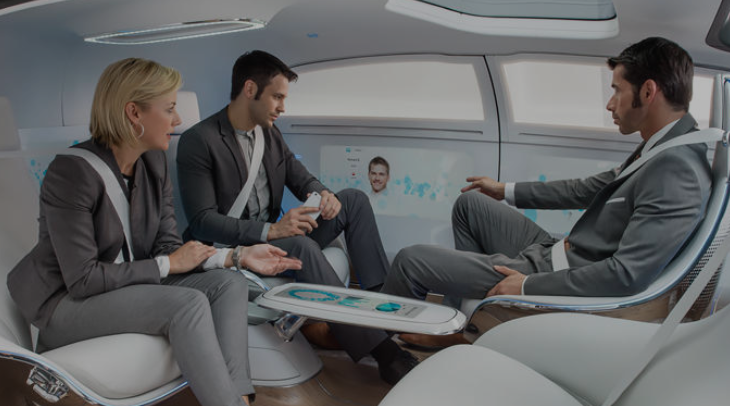
Autonomous Vehicles
Yes, it’s taken this long to mention the subject of driverless vehicles. Widely tipped to have the biggest impact on jobs – particularly in the US transport industry (over four million jobs) – autonomous vehicles are already being tested and slowly introduced – albeit human assisted.
Various self-driving technologies have been developed by Google, Uber, Tesla, Nissan, Mercedes and more.
Some of the key objective for driverless vehicles, include improving the safety during a commute, with all cars communicating with each other and their surroundings to create a real-time digital map that is continually assessing risks. As a result, reaction times are no longer required from a human driver in the event of, say, an sudden obstacle, or even the car infant performing an emergency stop, with the vehicle – which is in tune with the other car(s) reacting for you. Driverless vehicles will also be able to provide a new dynamic in the way people are able to work or socialise during a journey, whilst also helping to reduce congestion in towns and cities, by connecting intelligently with things like traffic lights and emergency vehicles.
There have been several commercial examples, including self aware trucks – including a Budweiser delivery – and taxis (Uber) completing journeys, demonstrating the technology is racing forward. However, progress has stalled somewhat and public opinion has been damaged due a number of high profiles deaths, including a self driving Tesla colliding with a lorry and a recent Uber taxi running over a lady.
It’s predicted by Statista there will be as many as 2.1 million autonomous vehicles on the roads by 2025 and 20.8 million by 2030.
In conclusion…
These are just a handful of examples on how and where AI is already proving significant benefits and opportunities for businesses all over the world.
It’s important to realise these are all current technologies, with this article designed to demonstrate and educate you as a business owner, what is available today, rather the stargazing into the future.
The AI revolution is here and it will – if not already – play a key role in the future of the way your business runs and perform. When you decide to get on board is up to you.
We’ll leave you with those quote from Gartner:
“As vendors exploit AI software capabilities within business suites, enterprise applications, infrastructure support services and the customer experience, your organisation will need new or updated strategies. Ready or not, AI is coming to you.”







